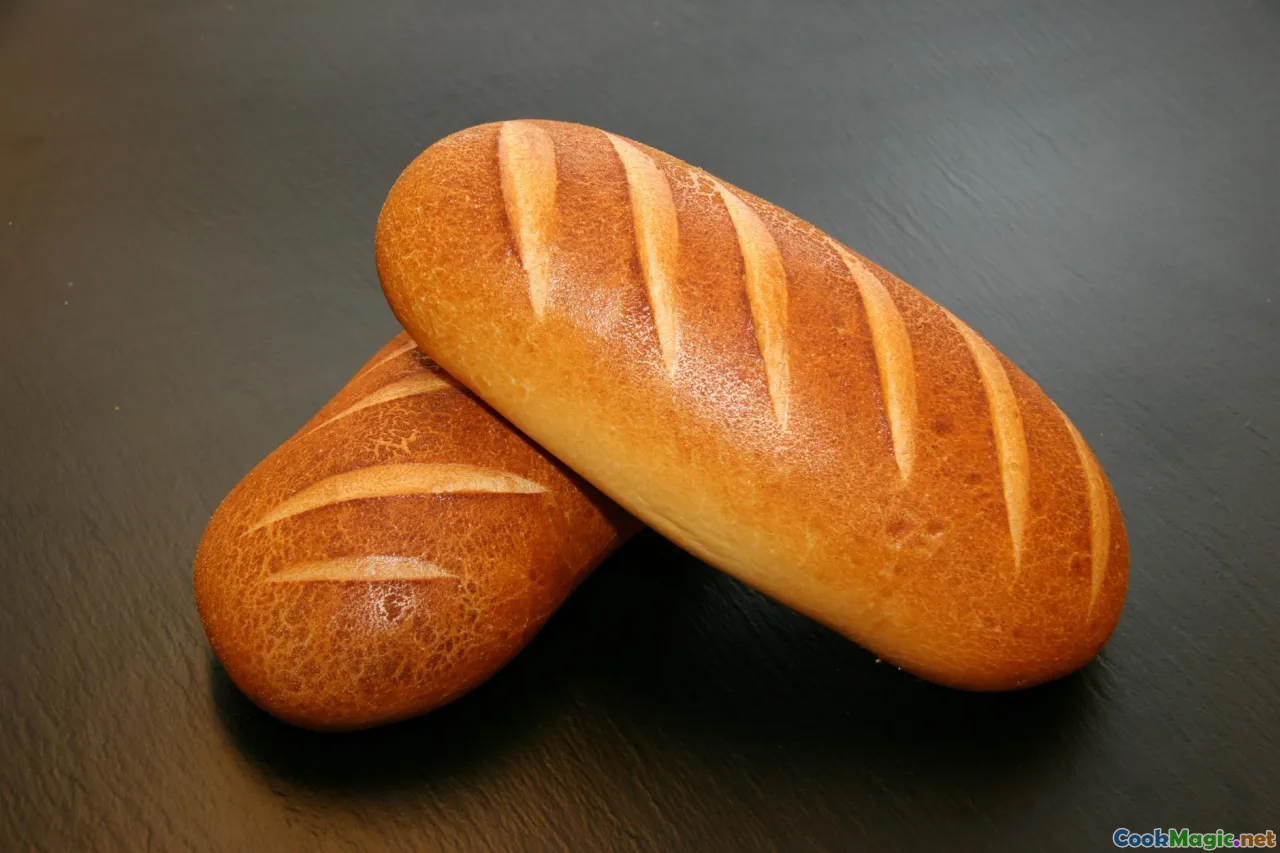Sourdough Fermentation Secrets of Ethiopian Injera
7 min read Discover the ancient art and science behind Ethiopian injera's sourdough fermentation, revealing flavors, textures, and cultural significance. May 10, 2025 09:00
Sourdough Fermentation Secrets of Ethiopian Injera
Imagine a bread so emblematic of its homeland that it’s woven into the very fabric of social gatherings, rituals, and daily life. In Ethiopia, this bread is injera—a spongy, tangy marvel that transforms simple ingredients into a culinary masterpiece. Beneath its gentle rise and characteristic sourness lies a complex fermentation process, rooted in centuries of tradition and perfected through generations. Today, we peel back the layers of this ancient technique to reveal the sourdough fermentation secrets that make injera not just a staple, but a symbol of Ethiopian identity.
The Cultural and Historical Tapestry of Injera
Ethiopian injera is more than just bread; it’s the centerpiece of communal dining. Served on large, woven trays called mesob, it forms a base upon which various stews (wats) and vegetables are placed. Diners tear off pieces of injera to scoop up these flavorful dishes, forging a shared experience rooted in centuries-old traditions.
Historically, injera's origins date back over a thousand years, with archaeological evidence suggesting its deep roots in ancient Ethiopian civilization. Its unique fermentation process was developed in a landscape where grains like teff, millet, and sorghum thrived, shaping the local palate and agricultural practices.
The Science Behind Sourdough Fermentation in Injera
At the heart of injera’s distinctive flavor and texture is its sourdough fermentation—a natural, slow process that transforms simple cereal batter into a culinary treasure.
The Role of Wild Microorganisms
Unlike commercial bread leavening, which often relies on cultivated yeasts, injera’s fermentation harnesses wild yeasts and lactic acid bacteria present in the environment, flour, and even the utensils used. These microorganisms interact symbiotically, converting starches into lactic acid, carbon dioxide, and other flavorful compounds.
The Fermentation Process
- Preparation of the Batter: Traditionally, teff flour is mixed with water to form a smooth, thick batter. Sometimes, a small amount of previous batch (a starter) is added, but often, natural yeasts and bacteria are enough.
- Initial Fermentation: The batter is left to ferment at room temperature for 1 to 3 days, depending on climate and desired sourness. During this time, bubbles form as carbon dioxide is produced, and the batter develops a tangy aroma.
- Fermentation Dynamics: The lactic acid bacteria produce acids that give injera its characteristic sourness, while the yeasts contribute to the rise and airy texture.
- Cooking: The fermented batter is poured onto a hot, flat griddle called a mitad. As it cooks, it develops a spongy, porous surface with a slightly crispy edge.
Factors Influencing Fermentation
- Temperature: Warmer environments accelerate fermentation, producing a tangier flavor.
- Type of Flour: Teff's unique composition, rich in resistant starches, promotes a robust fermentation.
- Water Quality: Mineral content can influence microbial activity.
- Time: Longer fermentation yields a more pronounced sourness, balancing the nutty, earthy flavors of teff.
The Unique Characteristics of Injera’s Fermentation
Flavor Profile
The tanginess of injera ranges from mild to sharply sour, a direct reflection of fermentation duration and microbial activity. This flavor not only entices the palate but also acts as a natural preservative, extending shelf life.
Texture and Appearance
A well-fermented injera boasts a light, porous structure filled with tiny holes—perfect for scooping up stews. Its surface is often dotted with bubbles, giving it an inviting, spongy look. The edges are slightly crispy, providing a delightful contrast.
Aroma
The fermentation imparts a complex aroma—earthy, yeasty, and mildly sour—that awakens the senses before the first bite.
Personal Encounters and Cultural Significance
Having traveled across Ethiopia, I’ve witnessed how injera’s fermentation is an art passed down through generations. In rural villages, women tend to large fermenting vessels, their routines intertwined with seasons and local customs. The process is as much a social ritual as it is a culinary practice.
One memorable experience was observing a local family preparing injera for a festival. The air was filled with the warm, sour smell of fermentation, mingling with the aroma of freshly cooked spices. Sharing injera during these moments fosters community, connection, and cultural pride.
Modern Innovations and Preservation
While traditional methods remain revered, contemporary bakers and food scientists are exploring ways to optimize and preserve injera’s fermentation. From controlled fermentation chambers to starter cultures derived from traditional sourdoughs, innovations aim to maintain authenticity while improving consistency.
However, many purists argue that the magic lies in the natural, spontaneous fermentation—an unrepeatable dance of microbes that imbues injera with its soul.
Conclusion: Embracing the Fermentation Journey
Ethiopian injera embodies a harmony of history, culture, and science. Its sourdough fermentation process is a testament to human ingenuity—transforming humble grains into a bread that nourishes both body and spirit.
Next time you bite into a piece of injera, savor not just its tangy flavor and airy texture but also the centuries of tradition and microbial magic woven into every pore. It’s a delicious reminder that some of the most profound culinary secrets are rooted in patience, nature, and a deep respect for cultural heritage.
Injera isn’t just bread; it’s a living story on your plate.









